
Voyages: Antarctic Circumnavigation
![]() Click on a picture to see a larger photo.
Click on a picture to see a larger photo.
![]() Antarctic cruise
Antarctic cruise
![]() documents:
documents:
![]() Letters
Letters ![]()
![]() Antarctic map
Antarctic map ![]()
![]() Ault's voyages:
Ault's voyages:
![]() Antarctica
Antarctica ![]()
![]() Canada
Canada ![]()
![]() Easter Island
Easter Island ![]()
![]() Galilee
Galilee ![]()
![]() Last cruise
Last cruise ![]()
![]() Shipboard Life
Shipboard Life ![]()
![]() Read more:
Read more:
Ocean Magnetic
Survey Expeditions ![]()
On December 6, 1915 the Carnegie left Lyttelton, New Zealand on its most strenuous voyage - a cruise through what Capt. Ault described as the "cold, stormy, and iceberg-infested regions of the Southern Ocean." Stopping at bleak South Georgia Island for fresh water and provisions, the Carnegie crew recorded views of the whaling stations there, just two months after Sir Ernest Shackleton departed the island on his ill-fated Endurance expedition. It would be the Carnegie crew's only human contact in four months. In spite of encountering gale-force winds on 52 days, Ault noted with pride that magnetic observations were obtained on every day save one, when "the sun was visible for only three seconds during the entire day." Returning to Lyttelton on April 1, 1916 the Carnegie completed the first circumnavigation of Antarctica by any vessel in a single season.
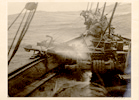
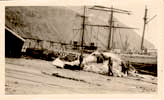
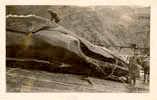
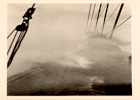

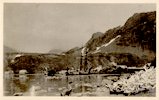
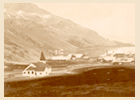
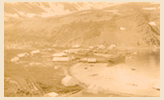
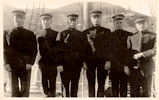
|
Site Map | Credits
| Bibliography | Carnegie
Institution | Comments |
Copyright
(C) 2004 by the Department
of Terrestrial Magnetism,
Carnegie Institution of Washington.
All rights reserved.
Exhibit was mounted on 07/19/2004.
All rights reserved.
Exhibit was mounted on 07/19/2004.
